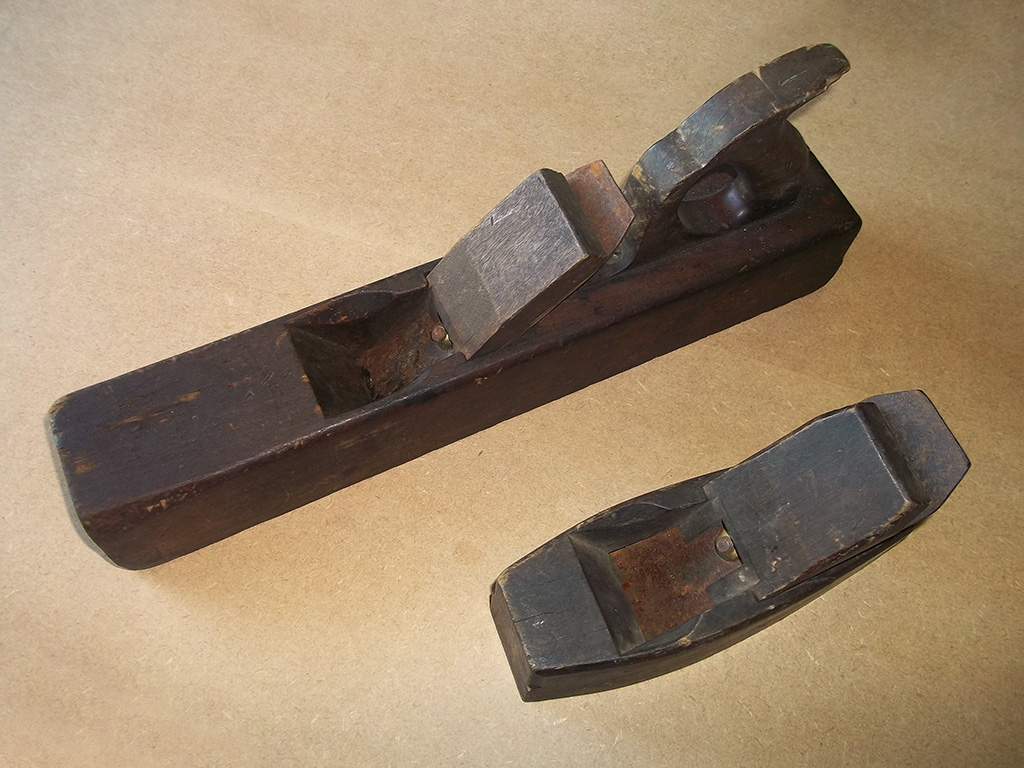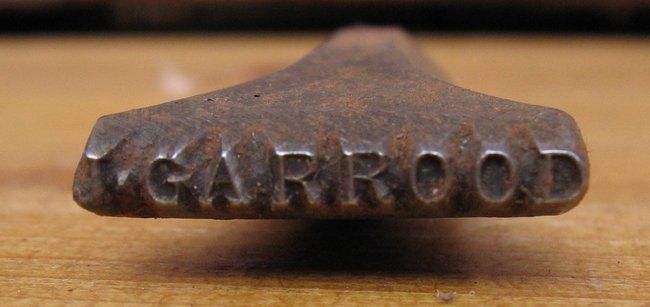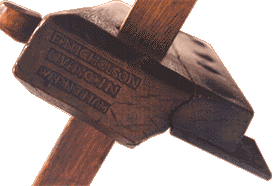bugbear
Established Member
AndyT":1mp7k0kk said:I thought you were going to say you thought it was an owner's name, using commercial, individual letter stamps and a big hammer.
I didn't think that, because the horizontal alignment between the letter of MONK is excellent, and ditto for the stars.
AndyT":1mp7k0kk said:An asterisk would be an easy thing to include in a set. I guess the iron is soft enough at the top to mark like that, though I've never tried.
Anyone want to do some experiments? It could sort of fit with the name not being recorded elsewhere and being over the top of a fainter maker's mark.
I suspect heat - I don't see how the original mark could be smeared away without it, and the MONK and stars
are extremely deep.
BugBear





































